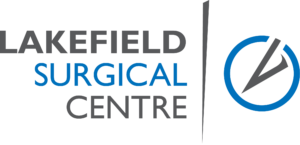Diagnostics
OCT SCANNING

VISUAL FIELD ASSESSMENT
VISUAL FIELD ASSESSMENT

FLUORESCEIN ANGIOGRAPHY
FLUORESCEIN ANGIOGRAPHY

OCT SCANNING

FUNDUS PHOTOGRAPHY
FUNDUS PHOTOGRAPHY

CORNEAL TOPOGRAPHY
CORNEAL TOPOGRAPHY

BIOMETRY
BIOMETRY
OCT SCANNING
An OCT scan is completely different from an eye photograph that is sometimes taken by doctors’ diabetic clinics or other opticians. The OCT scan is able to examine eye health below the eye’s surface, is very quick to perform and is completely painless and non-invasive. Results are available instantaneously and it is a great way for clients to gain a better understanding of their eye condition
Ocular Coherence Tomography (OCT) is an extremely advanced health check for people of all ages. It is quite different from digital eye photographs offered by your doctor (if you have diabetes) or by other opticians since this only images the surface of the back of the eye. This scan sees under the retina to parts that cannot be seen by ordinary examination.
Very similar to Ultrasound, the OCT uses light rather than sound waves to illustrate the different layers that make up the back of your eye. We also capture a digital photograph of the surface of your eye to cross-reference areas of concern. There is an additional charge for our OCT scan, but the benefits are clear. So enjoy the peace of mind that comes from knowing that your eyes are in great condition.
The Retina, which is the back of the eye, is sensitive to light and it transmits the signals of light received by the eye to the brain. The brain interprets these signals and converts them to what we know as vision. The most detail-sensitive part of the eye is at the centre of the retina and is called the macula.
The retina is a window to the vasculature (blood vessels) within the body and many undiagnosed systemic vascular diseases can be discovered with a thorough retinal examination. Recognizing these findings can potentially save vision and reduce the risk of morbidity from life-threatening diseases.
Normal testing room equipment or eye camera can only see the surface of the eye. Many diseases, including oxidative stress, begin their damage in the layers of the retina below the surface and the OCT can view all these layers in cross-section. Our state-of-the-art OCT equipment optically slices through the thickness of the retina and images what appears under the retina. It’s like slicing through a cake and seeing all the invisible layers below.

